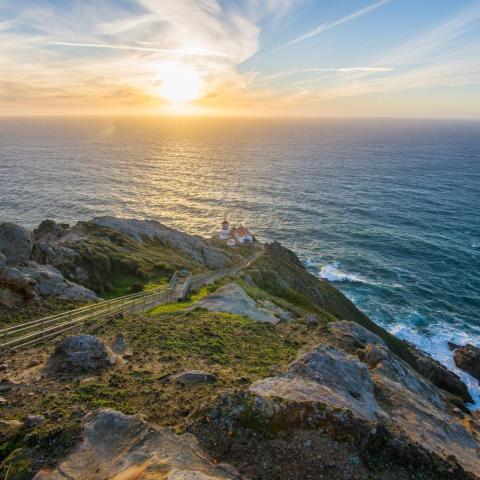
A grant landed by Washington’s National Park Fund enabled the staff at Olympic National Park to digitize old photos and videos in the park’s archives / Washington’s National Park Fund
Editor's note: There are wonders in the national parks that don't always make it into museums. Hidden away in the archives they remain out of public sight. But sometimes, with the help of a donation, those items are transformed into exhibits. Kelly Sanderbeck from Washington’s National Park Fund shares a story about how one donor's gift brought old photos and videos into the 21st century.
At the time the trifecta moon passed through our lives last spring, I got to do three things I love most—spend time with a donor, visit with a park ranger, and explore a bit in our beloved mountains.
The idea started when I talked to a donor about the Film Digitization Project he had funded at Olympic National Park that took old photos and videos—sitting on shelves since the 1950s—archive them, and put them in digital format. Not only was the safe storage issue solved, but also they would eventually be accessible to an online audience for research and enjoyment.
Matt Dubeau, the park’s museum curator and research coordinator, expressed so much excitement and pride in his work that I thought an in-person visit might be appropriate.
We met at the unassuming ‘Cultural Resources’ building to begin our tour. Who could have known what was held in that nondescript and modest space!
First stop was a temperature and humidity controlled room, approved by the Department of the Interior, that houses over 100 years worth of photos, insect displays, news clips, baskets, tools, art, taxidermy, archaeological finds, an herbarium, fire lookout journals, and boxes of files from research employees who had retired.

Journals kept by fire lookouts in Olympic National Park tracked weather conditions along with fire starts.
Olympic National Park has more than 260 documented archaeological sites, and more are discovered all the time. Park staff doesn’t do active research, but must test for relics anytime a trail is being repaired or building site renovated. When the park took on the Elwha River restoration, among the many archaeological sites identified during removal of the dams were the remains of a large, formerly submerged, prehistoric camp. Thousands of fragments of flaked stone tools and charred animal remains were recovered, and radiocarbon dating indicated it was more than 8,000 years old!
Highlights in the park’s archives include a box of 100-year-old photos from local Fanny Taylor that document native peoples and landscapes of the time in stark black and white. We also saw video clips from the 1950s by filmmaker Herb Crisler, part of the digitization project, and learned that some are already being used for educational purposes by the park’s Public Information Office and to scientifically document changes in tree canopy coverage and growing patterns of wildflowers, from that time to the present.
In the end, our donor recalled: “It was very gratifying to participate in the effort Matt has underway to preserve this historical material and make it available online so that future generations will know the history of the park and the people who lived in the region.”




 Support Essential Coverage of Essential Places
Support Essential Coverage of Essential Places







Comments
Just Awsome, thanks to all donors.